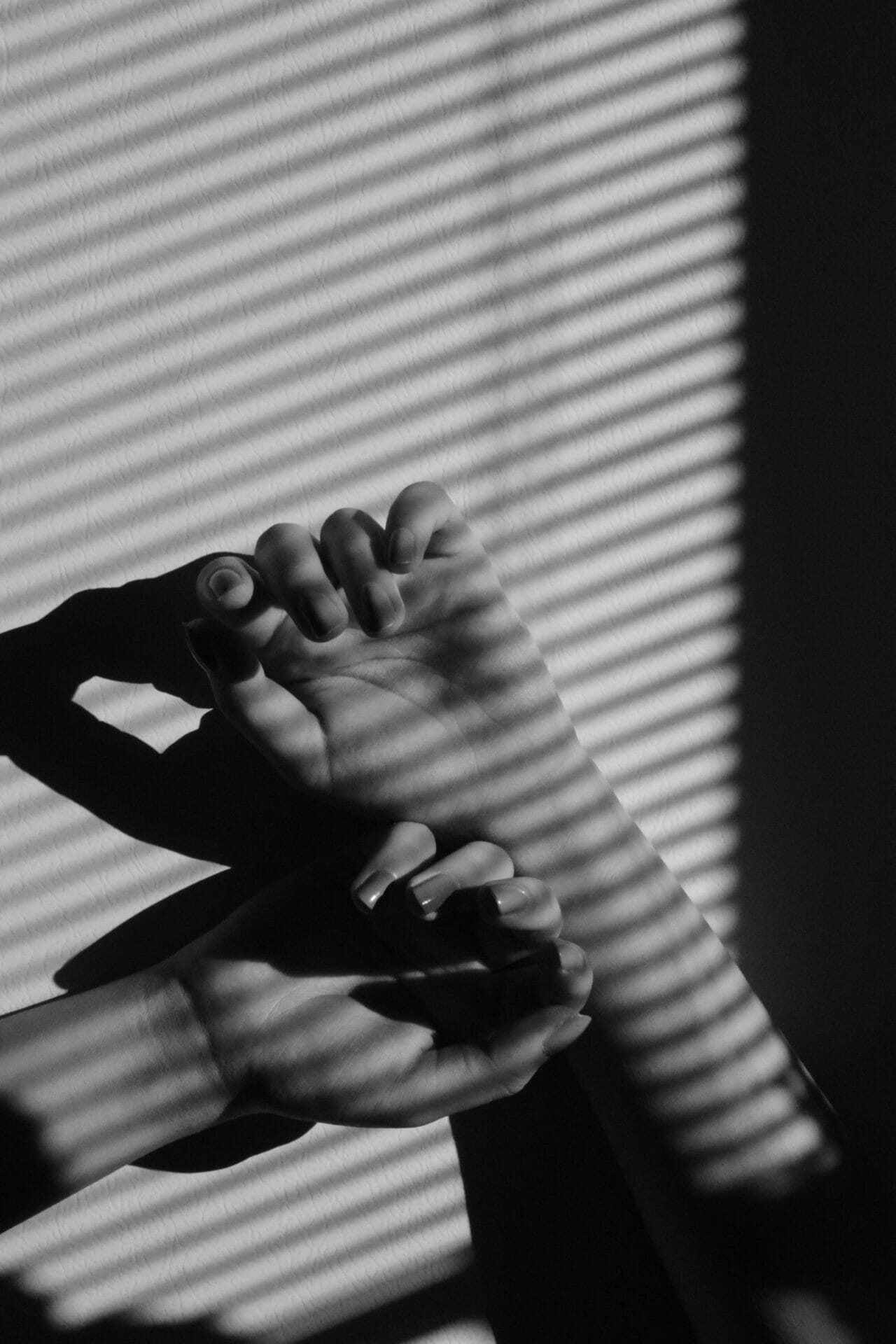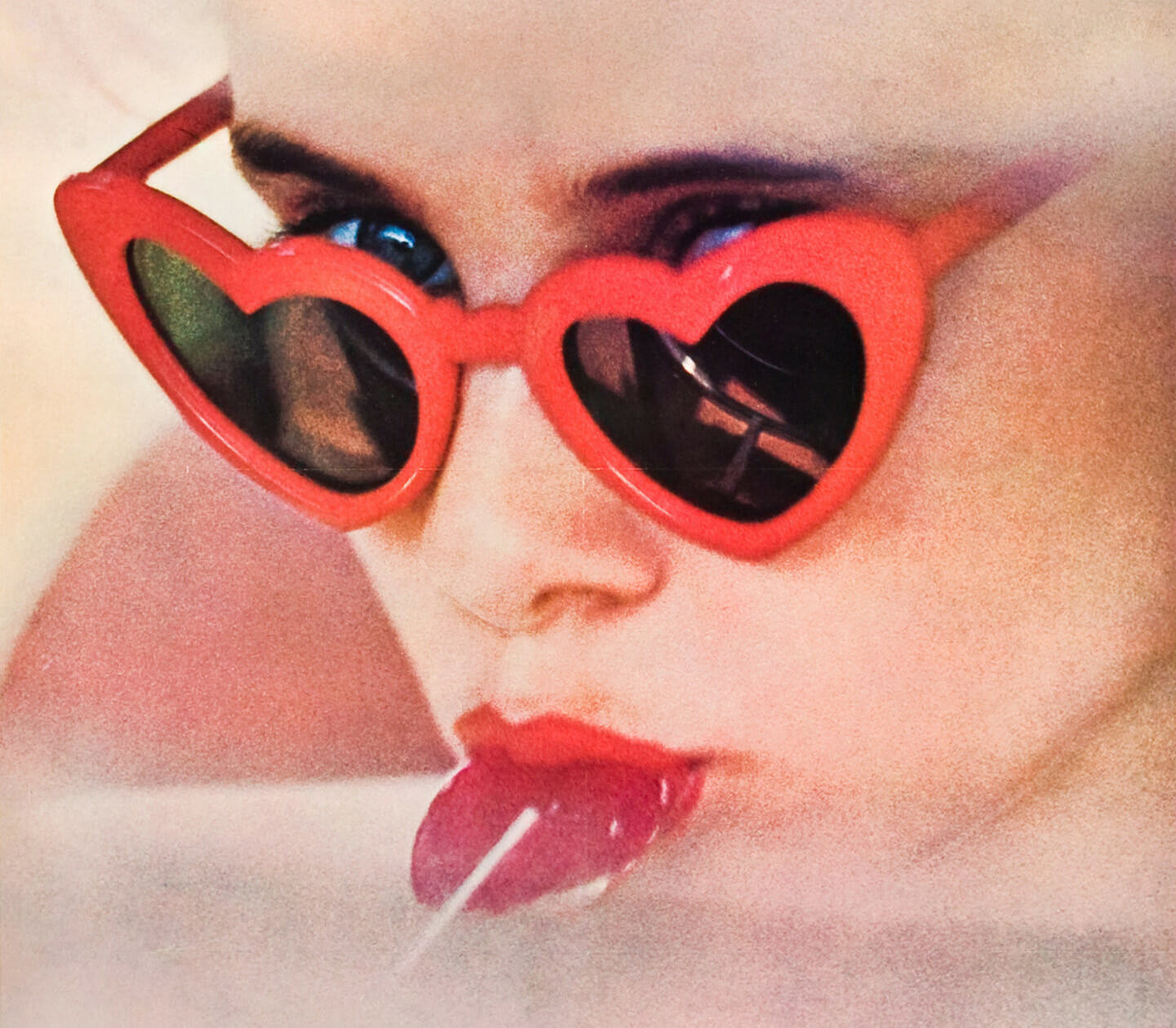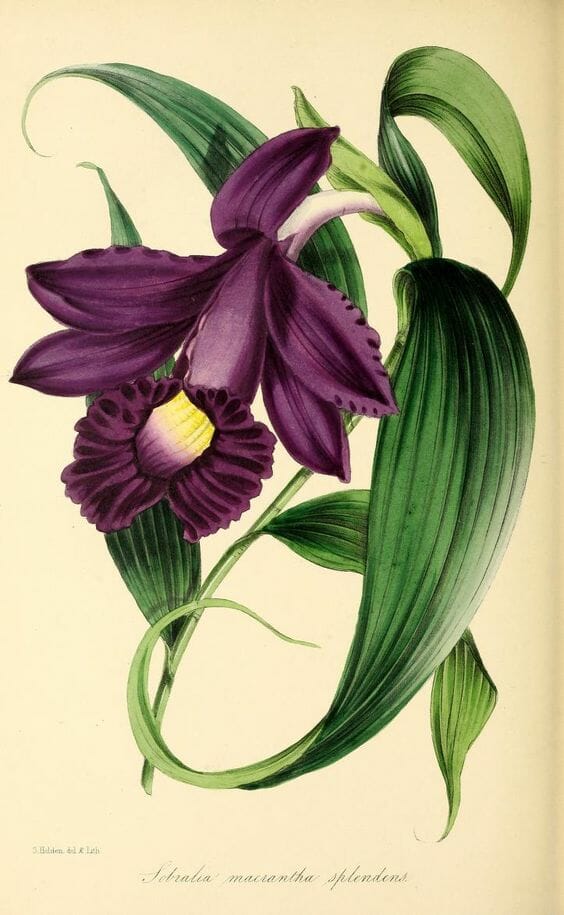
The Bad Girl | A modern Madame Bovary
Author
Year
Format
The bad girl has many different faces: the sensual Lucy, the Comrade Arlette, the elegant Madame Arnoux, the wealthy Mrs. Richardson, and the girlfriend of a Tokyo gangster Kuriko. Ricardo, the main character, the lover, and the narrative voice, falls in love with every one of them. A 40-year-old obsession is the cornerstone of the novel, written by the Peruvian 2010’s Nobel Prize-winner Mario Vargas Llosa in 2006. The Bad Girl (Travesuras de la niña mala) is a modern love story led by passion and harassment. It is set between Peru, Paris, London, and Spain, from the 1950s to the 1980s.
Two heroines: Emma and the bad girl
In 1975, Vargas Llosa published an extended essay called La Orgia Perpetua. It was then translated into English as The Perpetual Orgy in 1986. It is a study about Madame Bovary by Gustave Flaubert, examining the literary history of a book often considered the first modern novel. In this essay, Vargas Llosa focuses on a passionate critique of Emma, but the entire plot of Madame Bovary is not indifferent to him. In his opinion, the novel’s strength lies in the narrator’s ability to create a new reality. Flaubert’s reality was a perfect balance between the real world and fiction and Madame Bovary is the expression of this correspondence.
In this sense, Flaubert’s novel represents an example: as a matter of fact, The Bad Girl doesn’t create something new but seems to follow a pattern. Vargas Llosa’s plot well represents this concept: a boy falls in love with a bad girl who doesn’t love him.
Emma and the bad girl are two heroines. They refuse to be submissive to society, and they put themself first, also accepting the extreme consequences of their actions. This conduct is a way for both women to mitigate their suffering. They are not afraid to experience intense situations, such as adultery or false identity. However, they cannot escape from their bourgeoise existence.
A different love story
Commenting on his novel, the author declares that it is a mix between memory and imagination. His life was the inspiration for settings and scenes, while the plot and the themes are the results of his fantasy. When it comes to the characters, he declares that the bad girl is similar to him in her rebellion and desire to experiment. Indeed, Ricardo isn’t a bold boy. He tries to live out a simple love story, but his love for the bad girl transforms him into a daring main character.
The narrative style is linear and direct with humorous interludes to moderate the drama told in the story. This aspect is similar to other Vargas Llosa works such as Aunt Julia and the Scriptwriter or The Time of the Hero. Yet, in The Bad Girl, love is the authentic protagonist for the first time in the writer’s career.
The author intended to make the reader a witness to a passionate love story that goes through extended historical changes: the cultural fervor of Paris in the ’70s, the birth of the hippie movement, and the economic rise of Japan. He also wanted to tell a realistic love story removing the stereotypes that usually accompanied this kind of narrative.
The novel also includes a certain degree of suspense, that concerns the bad girl and involves the reader. Unlike Ricardo, who loves her unconditionally, the reader wants to know where she is when she isn’t with Ricardo, what her next name would be, and if she will return Ricardo’s affection. The answer is always more surprising than the reader might expect.
Tag
Buy a ☕ for Hypercritic









